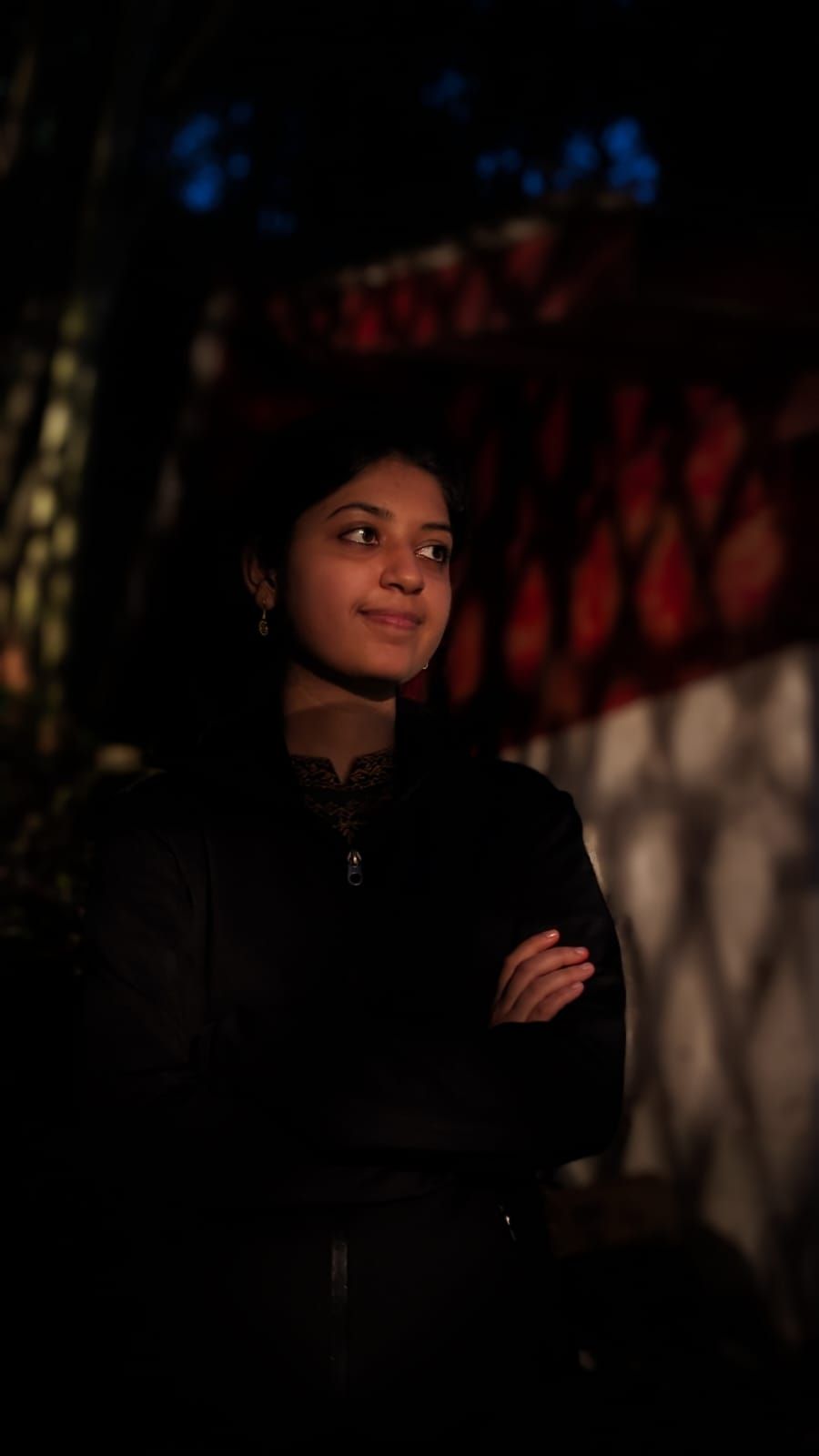CHEJELO ( means Hello )
Category: Interior
Competitions: Home Competition 2025
Project Video Entry : https://www.youtube.com/watch?v=Vxfn7XTzfaw The project aimed to rebuild cultural continuity through collaborative making, addressing the challenge of sustaining identity amid socio-economic shifts and language erosion.The study combined generative design research, rapid ethnography, and material skill development to create an iterative design process to create a socially, ecologically and economically sustainable process and product. Women artisans engaged in storytelling and sketching to explore personal and ecological knowledge, gradually translating these reflections into physical artefacts through hand-felting with locally sourced wool. The making process became a means of knowledge preservation, allowing participants to decide what elements of their culture to encode in material form. This project called CHEJELO ( a greeting in the Gurug language) reimagines and greets the interiors of modern homes through felted wool pieces crafted from locally sourced Himalayan sheep wool, designed to embody sustainability, storytelling, and cultural resilience. Centered around the work Sai Sai ( meaning' that's right' in Gurung Language), each piece was created using felting, the world’s oldest textile technique, requiring only wool, soap, water, and hand pressure. This process produces zero material waste, uses no synthetic chemicals, and demands minimal infrastructure, making it one of the most ecologically sound textile methods available today. The wool itself is a regenerative, biodegradable material. Raised by communities in the high-altitude regions of Chuba, Sikkim, Himalayan sheep grow thick, hardy fleece suited to extreme climates, which regenerates naturally each year. By working directly with this locally sourced wool, the project supports circular, place-based economies while reducing the environmental impact of transporting materials from afar. Every strand of wool used in Sai Sai carries the story of the region’s landscapes and the resilience of the Gurung community. Felting transforms raw fleece into dense, durable textiles through the interlocking of wool fibers, resulting in a material that is warm, long-lasting, and beautifully textured. Sai Sai uses layered felting techniques to create abstract, mist-like forms inspired by mountain spirits, evoking the Gurung people’s spiritual connection to their environment. The felted surface’s organic patterns and earthy palette, and plant-inspired colour mixing, make each piece visually striking yet subtle enough to harmonise with a variety of interiors. The versatility wool related works lies in their dual function as both decorative and functional interior pieces. Designed to be displayed as statement wall hangings or used as rugs, these felted textiles add softness, acoustic dampening, and tactile interest to contemporary homes. Their unique aesthetic, rooted in handcraft, nature, and cultural narrative, creates interiors that feel warm, grounded, and meaningful. Beyond aesthetics, these felted wool pieces support healthier indoor environments. Wool naturally resists dust mites and molds, helps regulate humidity, and is non-toxic, contributing to improved indoor air quality, an essential element of sustainable interior design. Their production process also uses minimal water and energy compared to industrial textile methods, reflecting a commitment to low-impact design. Workshops held with the Gurung women brought intergenerational stories into the making process, fostering co-authorship and social sustainability. While crafting Sai Sai, artisans discussed local knowledge of plants and mountain folklore, embedding these stories into each piece. Their creative choices transformed felt into “living archives” that capture collective memory while generating pride and economic opportunity. In modern interiors, Sai Sai and the Chejelo collection exemplify how regenerative, materials and zero-waste, ancient techniques can create products that are not only beautiful but also carry profound meaning. By reconnecting design with nature and culture, these works demonstrate that sustainable interiors can be crafted with purpose, enriching spaces with both story and substance. Many of the project artworks that began in 2023, have been acquired by designer labels, architects, professors, export houses in India, Japan and Europe for interior wall artworks in offices, homes, etc, making the project economically sustainable as well for the community. The project has also been covered in Surface Design Association Journal Spring Issue 2025, Global InCH Journal 2023 and was the winning entry for Park Elle Decor Student Award 2025 at India Design Week.

